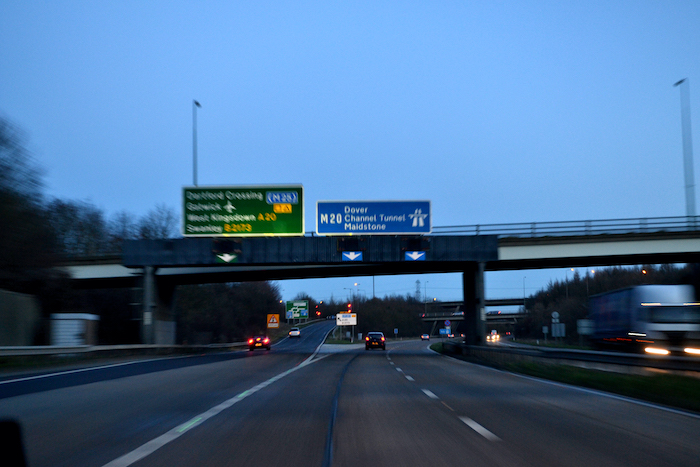If you’ve only recently passed your practical test, then the prospect of driving on a motorway for the first time might be a galling one. These are high-speed roads which demand a completely different set of driving skills to the ones you might be used to. And, it might seem, they’re governed by an entirely different set of rules.
Motorway driving isn’t assessed in UK tests, but that doesn’t mean it isn’t an important skill to develop. Heading out there for the first time might seem like a big step, however. So, what’s the best way to take it?
Get the car ready
You want your car in good shape before you head out onto the motorway for the first time. Make sure that the tyres are properly inflated, and that you have enough fuel to be comfortable. You don’t want to have to fill up while you’re out there: the prices are much higher.
Learn to overtake
One big mistake made even by experienced motorway drivers is to fail to move over. The middle lane is for overtaking people in the left-hand lane; the right-hand lane is for overtaking people in the middle lane.
Consider motorway lessons
While they’re not a necessity, a few motorway lessons might be a worthwhile investment. You’ll have a qualified instructor there to guide you through the various processes, and help you build your confidence. If you’ve paid for forty lessons to get to this point, then a couple more might actually be a sound investment. Or, you can go out with a friend or family member.
If you do decide to invest in motorway lessons, then make sure that you’re appropriately covered. You can insure a car for the day, and give yourself peace of mind!
Learn the two-second rule
Tailgating is the practice of driving too close to the car in front. How close is too close? If you can’t comfortably stop when they stop, then you’re too close. In practice, it’s a good idea to allow two seconds worth of stopping distance. If the weather’s wet, then make it four seconds, instead.
Read up on motorway signals
Motorways are governed by a whole range of temporary signage, which might advise you about upcoming dangers, hazards, temporary speed limits and lane closures. In many cases, these are self-explanatory – but it’s still worth familiarising yourself with the signs you might encounter.











